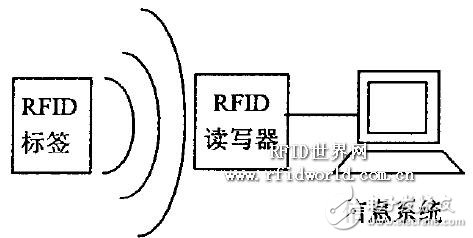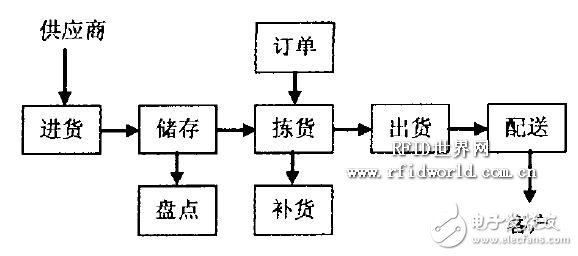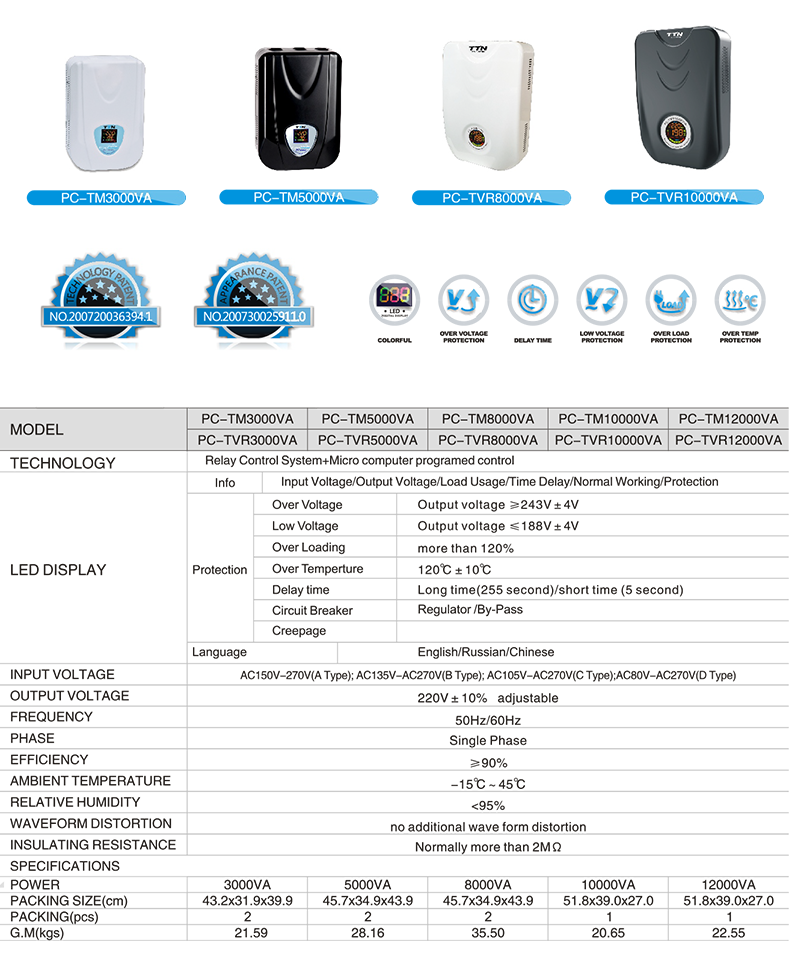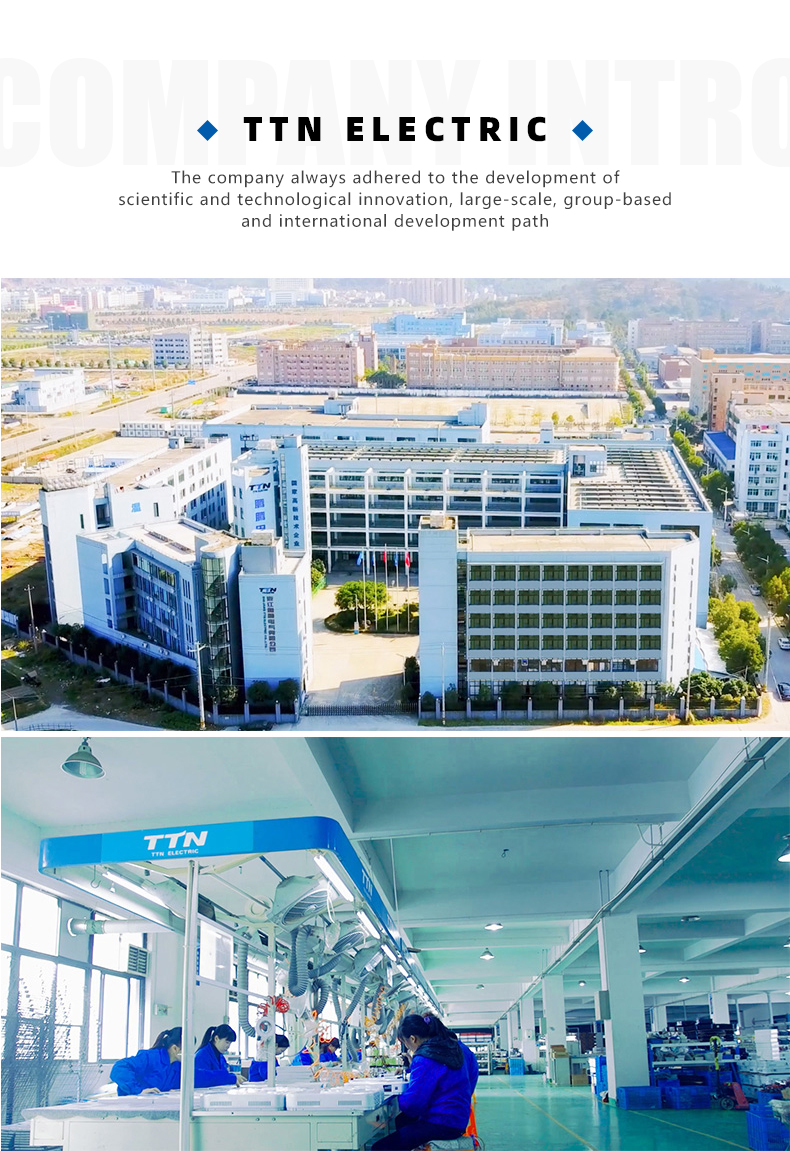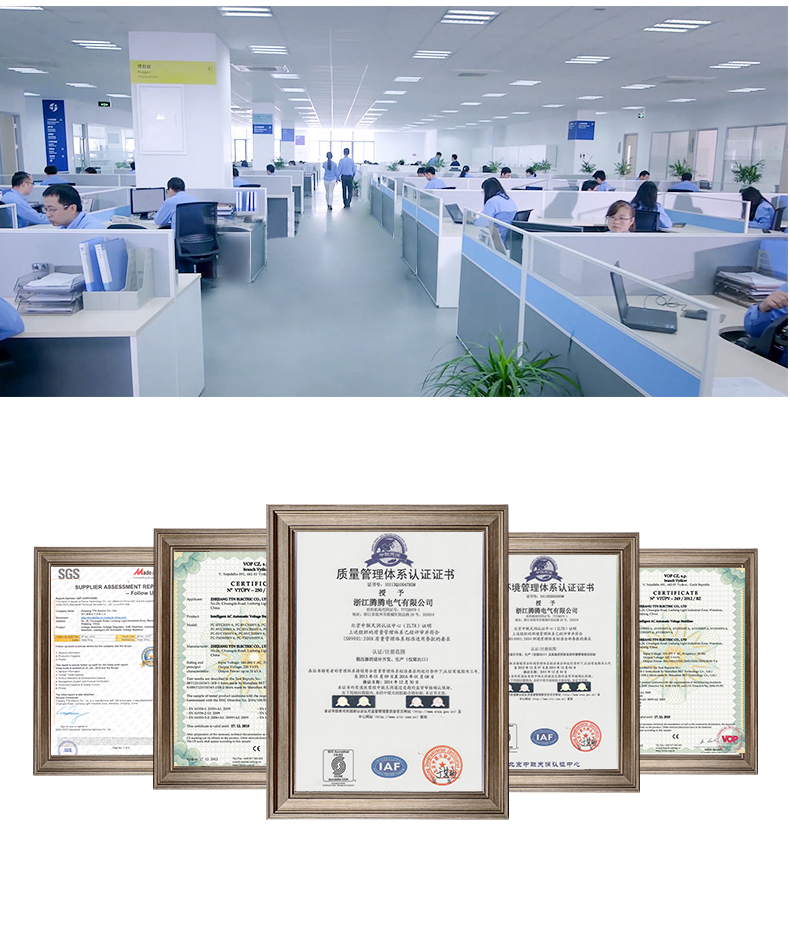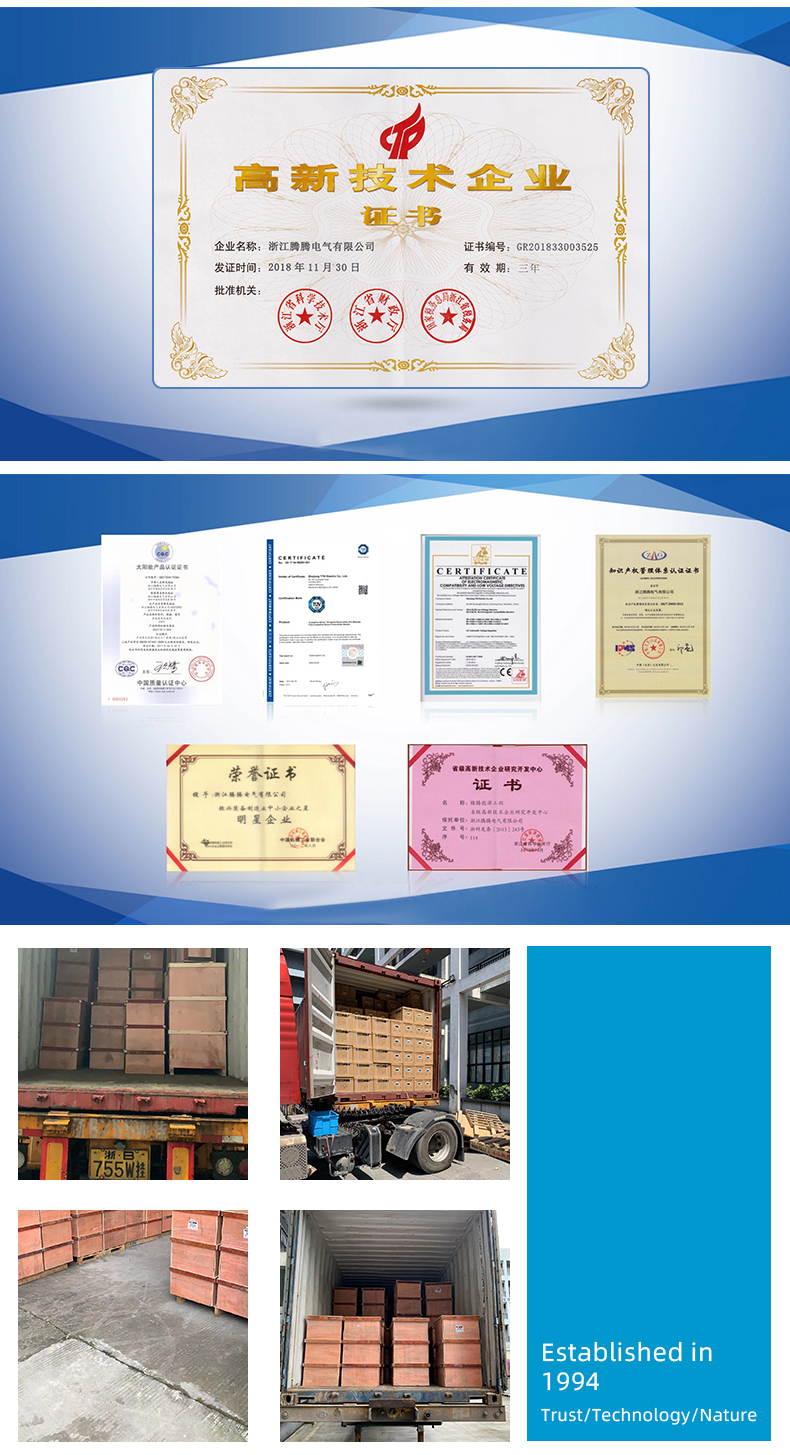The distribution center is a modern distribution facility that engages in the provision of goods and organizes the delivery of goods to users to achieve sales or supply at a high level. With the continuous growth of business volume and the continuous improvement of customer demand, distribution center management is also facing more and more challenges, especially how to reduce the cost of logistics center. Improve the operational efficiency of the logistics center. To this end, the distribution center not only needs to be equipped with automated logistics equipment and technology, but also has a modern logistics management information system and modern management tools. The development of Internet of Things technology, especially the application of RFlD, will greatly improve the operational efficiency of the distribution center. According to the informationization needs of the distribution center logistics business, this paper proposes a logistics system information system solution based on RFID technology. The full name of RFID (Radio Frequency IdenTIficaTIon) is radio frequency identification technology 111121. Its basic principle is to use the radio frequency signal and its spatial coupling and transmission characteristics to realize automatic machine identification of items to be identified in still or moving. It is a non-contact. Automatic identification technology, compared to the current popular barcode, it takes about ten seconds to manually read a barcode. The machine reads for two seconds. With RFID tags, reading only requires O. 1 second (or even shorter), and does not require manual participation, a great improvement in efficiency. RFID tags have the following characteristics: High anti-counterfeiting, each tag can have world-unique code, large enough information storage space to read and write data, can be encrypted by special means, can not be copied. Long service life, no mechanical wear, no mechanical failure, passive work, can work in harsh environments, anti-fouling, long distance reading data. RFID tags work well with computer information systems to form solutions for a variety of applications. When an item with an RFID tag passes through the reader, the tag is activated by the reader. And through the radio waves to carry the information carried in the tag to the reader and the computer system, complete the automatic collection of information. The computer application system performs corresponding information control and processing as needed. The whole process is shown in Figure 1. No need for manual intervention, the degree of automation is high. Based on a simple RFID system, combined with existing network technology, database technology, and middleware technology, a distribution center IoT information processing system consisting of a networked reader and a large number of mobile or static tags can be constructed. Figure 1 RFID system diagram Currently, the price of RFID tags is about one yuan each. Together with the matching costs, the total cost of the entire application system is still relatively high. However, RFID technology basically obeys Moore's Law. As the output increases and the scale of application continues to expand, the total cost of the system will be greatly reduced. The basic operation process of the distribution center is shown in Figure 2. After the supplier sends the goods to the distribution center, after checking the procurement plan and conducting the commodity inspection, the goods are sent to different locations on the shelf, and the goods are regularly or irregularly inventory. After the order is placed, the storage location of the required goods is detected, sorted or shipped, and then delivered to the corresponding customer. If the goods are missing, replenishment is required. Each step of the operation in the diagram is accurate, timely, and traceable, controllable, and harmonizable. Figure 2 Distribution Center Operation Flow Chart Correspondingly, the distribution center information system is divided into the following main processing modules: purchase module, storage module, inventory module, replenishment module, and distribution module. The following is introduced one by one. 1) Purchase module The goods are shipped with the Rå…€D label, which records the name, characteristics, place of delivery, arrival place, delivery note number, order details, etc. of the goods. When the goods arrive at the distribution center, the RFID tag is read in batches by the reader and transmitted to the distribution center information system. The purchase plan has been entered in advance in the information system. In this way, the information such as the order details read from the RFID can be compared to complete the comparison and acceptance of the goods. After the acceptance is completed, on the unloading platform, the information system determines the storage location of the cargo according to the predetermined storage principle and the quantity of the goods in stock. And through the reader to prepare the goods to write RFID tags in the location where the logistics center is stored. 2) Storage module The goods are placed on pallets when they are in storage, and the forklift driver can read the storage location of the goods from the RFID tags of the goods through the handheld reader. If it is to close the position, the goods will be delivered to a specific location, there will be a reader near these locations. By reading and transmitting information to the RFID system, the amount of inventory of the goods is updated in real time in the information system. Storage location. If it is to be put on the shelves, the goods will be sent to the specific shelf for storage. There will be a reader at the top of the shelf. Similarly, after reading the Rå…€D tag information in the goods, the information system will update the goods in real time. Inventory quantity, storage shelves. 3) Inventory module Another benefit of RFID technology is the significant reduction in manpower during inventory counts, and even the complete inventory count. Through the RFID reader in the cargo storage warehouse, the inventory of the goods can be basically completed in real time. Each RFID reader/writer transmits the information read to the information system, and the information system performs a unified summary process, which can obtain accurate information of various goods inventory conditions. Managers can quickly identify and correct inefficient operations. This enables fast delivery and minimizes storage costs. 4) Replenishment module By entering customer orders into the information system, plus certain cargo inventory control strategies. The amount of stock required for various goods can be obtained. Inventory counts can easily provide actual inventory data for various goods. After the comparison analysis between the two. The information system can accurately determine which goods need to be replenished and which goods are in stock. 5) Distribution module In traditional logistics operations, sorting and distribution take up 60% of the total labor used, and errors are prone to occur. After the distribution center accepts the customer's order and enters the order into the information system, the system can print the picking list: including the location and quantity of the goods. The sorter picks the goods in the warehouse based on the pick lists printed by the computer. In addition, the sorter uses a handheld RFID reader. The order information, customer information, and the like are written into the RFID tag of the detected goods. When the goods leave the warehouse, the RFID reader at the warehouse entrance (door) can quickly read out the information, and the information system obtains the information. Compare with the original order. I immediately knew that there was no error in checking the shipment. In a highly automated distribution center. Various automatic sorting machines can also read the RFID tag information, distribute the goods to different chutes, and reach the designated area through the conveyor belt. The distribution efficiency can be greatly improved. Through the integrated application of RFID and information systems (computer technology, network technology, database technology), the delivery speed of logistics information and the accuracy of data can be greatly improved, and real-time tracking of logistics can be realized. The cargo inventory, shipping information, order information, etc. of the entire distribution center can be timely reflected to the management personnel through the computer. It helps managers to carry out effective inventory control and corresponding operational decisions, shorten the flow cycle of goods, and reduce the operating costs of distribution centers. On the other hand, due to the use of RFID tags, the accuracy of the data can effectively avoid the occurrence of backlogs, out of stock, and exceeding the shelf life caused by problems such as wrong accounts and wrong goods. And these all help to reduce the operating costs of the distribution center. Thereby reducing the cost of goods circulation. We know that the promotion of any new technology takes a while, and it took more than 20 years for barcodes to develop to the present level. The information system solution of the RFID-based logistics distribution center proposed in this paper can provide reference for the application of RFID in the information development of logistics distribution center.
PC-TM series Relay Control Voltage Regulator has the low energy consumption,the over voltage protection,the low voltage protection,the over-current protection,the over-loading protection,the over-temperature protection and so on.It boasts for many kinds of protections,the collection energy conservation and the environmental protection ect.This is a brand-new concept product which possess many new technologies!This series products simultaneously ha applied for many technical monopolies
We already applied many kinds of this products patent, and the technical patent NO: 200720036394.1 and Appearance paten NO: 200730025909.3
2. Use for equipment:
Computer
Test equipment
Light system
Safe alarm system
Ray equipment
Medical equipment
Copy machine
Stereo equipment
Numerical control machine tools
Industrial automation equipment
Color and drying equipment
Test equipment
Hi-Fi equipment
Voltage Regulator,Automatic Voltage Regulator,Alternator Regulator,Voltage Regulation Of Transformer zhejiang ttn electric co.,ltd , https://www.ttnpower.com![]() Overview
Overview 